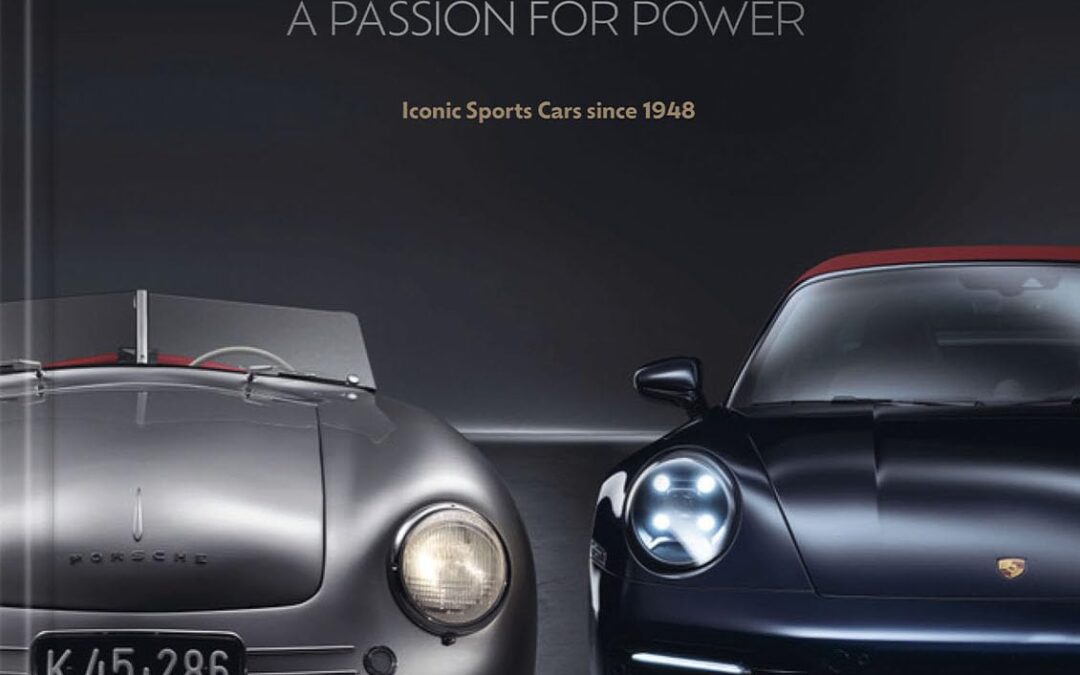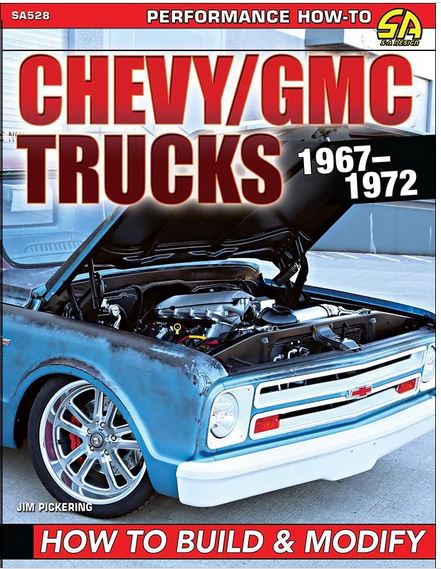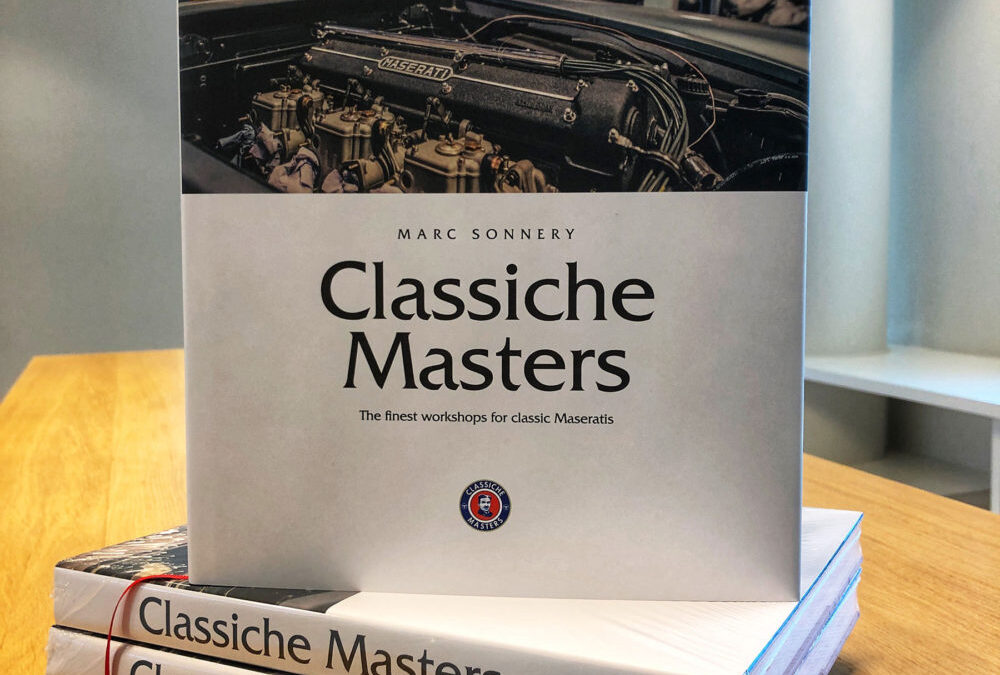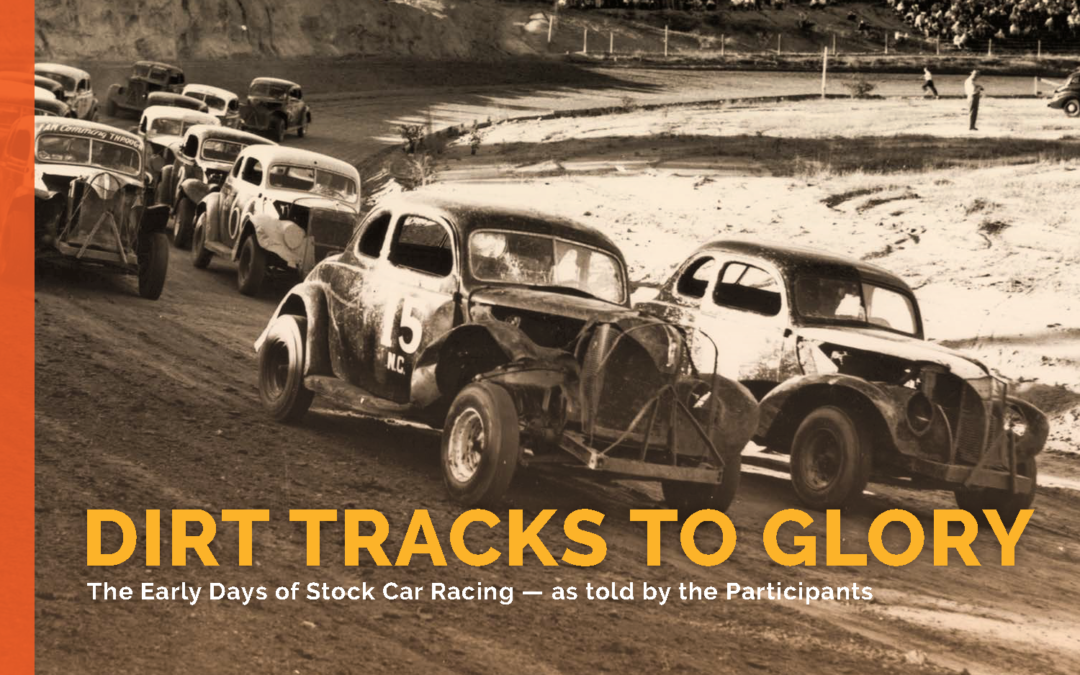
In this all-new edition of Dirt Tracks to Glory we return to the very personal and often hilarious inside stories of sharp-witted people who became legends in the early days of NASCAR. Bill France Sr, Humpy Wheeler, Curtis Turner, “Little Joe” Weatherly, Glenn “Fireball” Roberts, the Flock Brothers, Banjo Matthews, Smokey Yunick and a host of others emerge from these pages with their personal reflections and wry commentary on the way it was in the days of “haulin shine”, bangin’ fenders and out-smartin’ the other hot-shoes on Saturday nights.
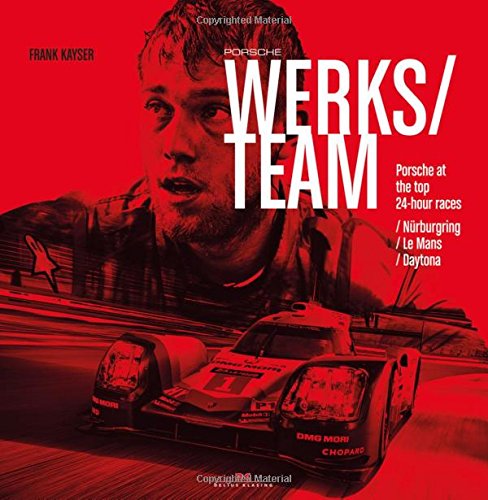
- 24-hour races are the supreme discipline in motorsports. Every year, more than 200,000 fans meet in Le Mans for the race over the weekend. This book goes behind the scenes to document every detail and emotion
- The photographer and author spent three years following the Porsche team
Endurance races are the supreme discipline in motorsports. Several times per year, the best race drivers worldwide are on the tracks for 24 hours. The 24-hour races at the Nürburgring and in Daytona are the toughest tests for man and material. Le Mans as the third run is the icon among the legendary races. In recent years, Porsche set standards in the endurance race world championship – with perfection and passion.
Star photographer Frank Kayser and his team observed the delicate and deeply exhausting work of the Porsche team for three years. The world-famous photographer was allowed where other press photographers were not: in the pit, in the pit lane during the change of tyres and drivers, in the closed off areas of the racers’ quarters. His photos show the stress, the top performance, the eternal night, and the success of perfection.
With photography by Keyser, detailing a world previously unseen by outsiders, and a passionate text by journalist Heike Hientzsch sketching the participants’ emotions, this book illustrates the true nature of endurance races – the tension, exhaustion, and the dedication.
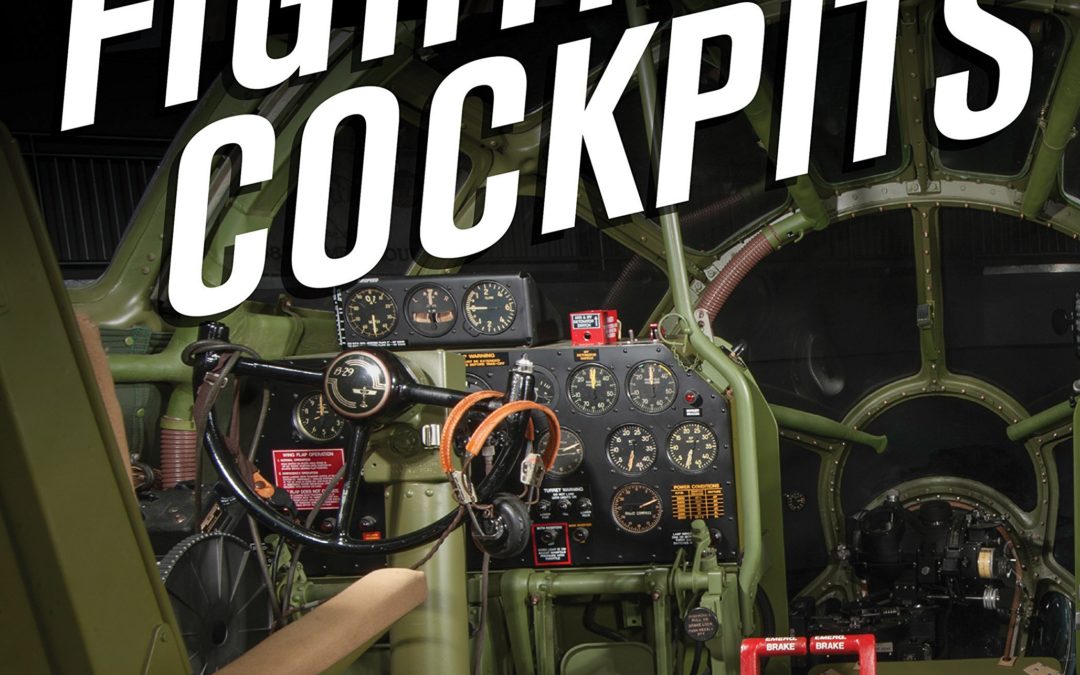
What was it like to sit in the pilot’s seat and take control of a P-51 Mustang in World War II? What about an F-14 Tomcat at the height of the Cold War? Or a Lockheed Martin F-22 Raptor today? The cockpits of these fighter and bomber aircraft are revealed in Fighting Cockpits.
Showcasing more than 50 of the world’s most famous combat cockpits from early World War I aircraft to present-day fighters, this book includes more than 200 rich color photos from photographer Dan Patterson, as well as detailed history about combat cockpit development from aviation expert and historian Donald Nijboer.
Presented in large-format, you’ll be blown away by studio shot spreads of views from the cockpits, vintage photographs of the aircrafts in action, and modern photography of surviving crafts. This book will complete any history buff or aviation enthusiast’s library.
Aircraft include:
Wind in the Wires: Nieuport 28, Royal Aircraft Factory S.E.5, Bristol F.2, Fokker Dr.I, Sopwith Camel, Sopwith Triplane, AEG G.IV, SPAD VII, Halberstadt CL.IV, Fokker D.VII
The Rise of the Monoplane: Martin MB-2, Hawker Hind, Fiat CR.32, Boeing P-26 Peashooter, Curtiss F9C, Sparrowhawk, Vought SB2U Vindicator, Westland Lysander, PZL P.11
World War II: Supermarine Spitfire, Messerschmitt Bf 109, Republic P-47 Thunderbolt, North American P-51 Mustang, Handley Page Halifax, Vickers Wellington, Focke-Wulf Fw 190 Wurger, Fairey Firefly, Fiat CR.42, Ilyushin Il-2 Sturmovik, Heinkel He 219 Uhu, Kawasaki Ki-45 Toryu, Curtiss SB2C Helldiver, Northrop P-61 Black Widow, Boeing B-17 Flying Fortress, Boeing B-29 Superfortress, Dornier Do 335 Pfeil, Messerschmitt Me 262 Schwalbe, Arado Ar 234 Blitz
Cold War to the Present: North American F-86 Sabre, Boeing B-52 Stratofortress, Grumman A-6 Intruder, General Dynamics F-111 Aardvark, Hawker Siddeley Harrier, McDonnell Douglas/Boeing F-15 Eagle, Grumman F-14 Tomcat, Fairchild Republic A-10 Thunderbolt II, General Dynamics/Lockheed Martin F-16 Fighting Falcon, Mikoyan MiG-29, Rockwell B-1 Lancer, Lockheed Martin F-117 Nighthawk, Lockheed Martin F-22 Raptor, Lockheed Martin F-35 Lightning II Joint Strike Fighter
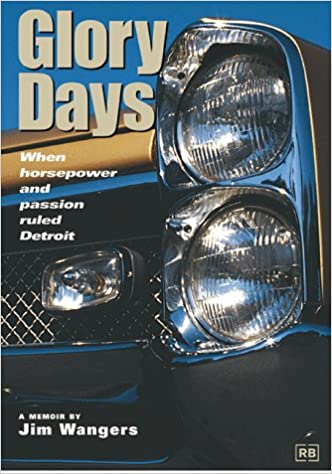
Glory Days conjures up images of cruise nights, impromptu drag races, and genuine American fun. It is the story of the GTO, Tigers and Monkeys, of Royal Pontiac, drag racing, corporate politics, and personal allegiances. Glory Days illuminates an era when Detroit’s Woodward Avenue fairly rumbled with V-8 power, as young people slowly cruised the wide boulevard. Glory Days is also an American success story, giving an insiders view of what it took then, and what it will take in the future, to keep alive America’s passion for the automobile. In Glory Days, Jim Wangers uses his 45-year career in Detroit as the basis for explaining successful brand marketing for automobiles:
Why brand management for cars differs from other branded products
How to position a model for the best possible tie-in promotion–and how not to
What it takes to establish and evolve a brand image Wangers knows what he is talking about, for he was part of the most successful brand marketing campaign to ever come out of Detroit. At a time when such automotive legends as Bunkie Knudsen, Pete Estes, and John DeLorean held sway in the Motor City, Jim Wangers created and defined the American muscle car image, devising savvy brand marketing strategies to promote the car that started it all and went on to become a cultural icon: the Pontiac GTO.
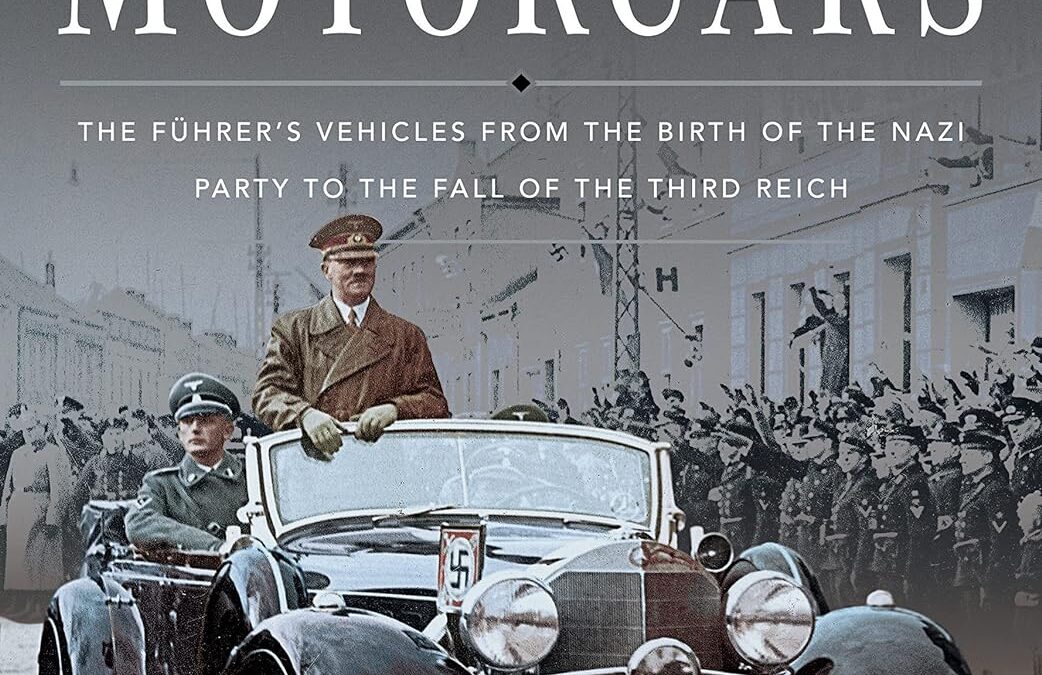
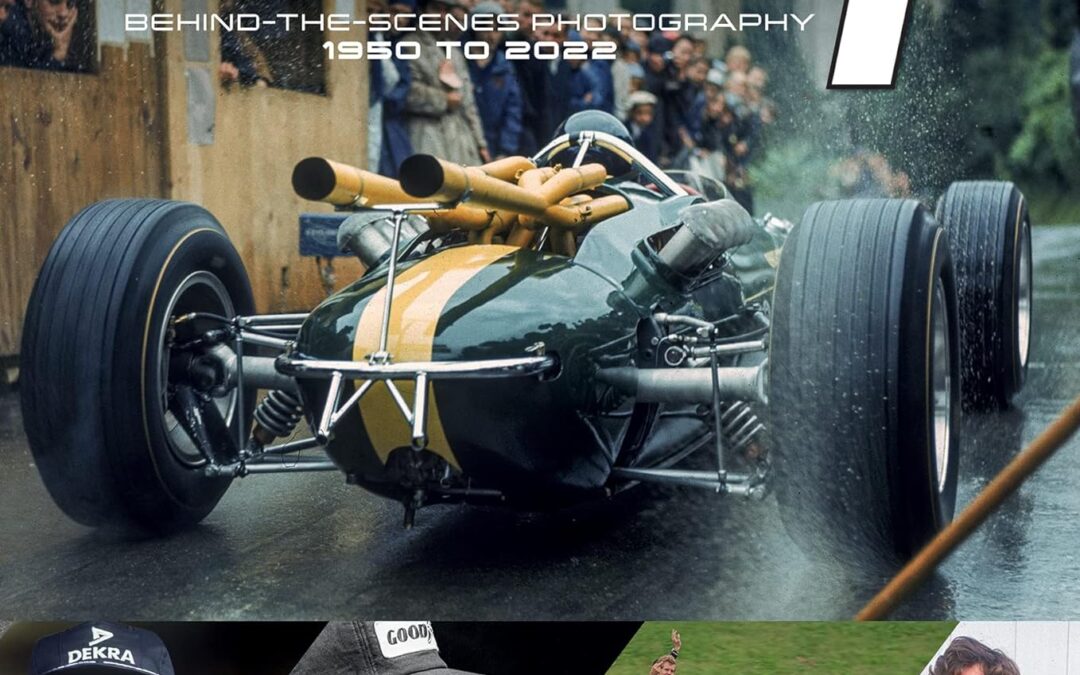
More than 300 rare full-color and black-and-white behind-the-scenes images from father-and-son photographers who were granted unprecedented access to Formula 1 races, drivers, and cars.
Renowned automotive photographer Daniel Reinhard and his father, Josef (Sepp) Reinhard, have enjoyed unprecedented access to Formula 1 races and drivers since 1950. This book presents more than 300 of their best photos.
- Discover photos of top drivers like Stirling Moss, Michael Schumacher, Juan Pablo Montoya, and many more.
- See the drivers on the track, at play, and at rest.
- Top race cars and teams like McLaren, Alfa Romeo, Porsche, BMW, Alfetta, Ferrari, and more are pictured in full-color dramatic shots.
- There are shots of the top track and street venues and images of both day and night races in the sun, rain, and snow.
No matter how or where or by whom you might imagine a Formula 1 race being run, you’ll find it here.
In addition, readers will find behind-the-scenes images of the pit crews, the track workers, the fans—even other photographers.
Formula 1 racing remains tremendously popular around the world, with a more diverse and younger fan base than ever before. According to a 2021 survey of Formula 1 fans in 187 countries by Nielsen and Motorsports Network, female participation doubled and the average age of a participant dropped four years to 32 since the previous survey in 2017. In 2021, 2.69 million fans attended Formula 1 races even with pandemic-related restrictions.
As Formula 1 continues to grow in popularity, the Reinhards’ photography is a lasting tribute to the sport, its drivers, its cars, and its fans.
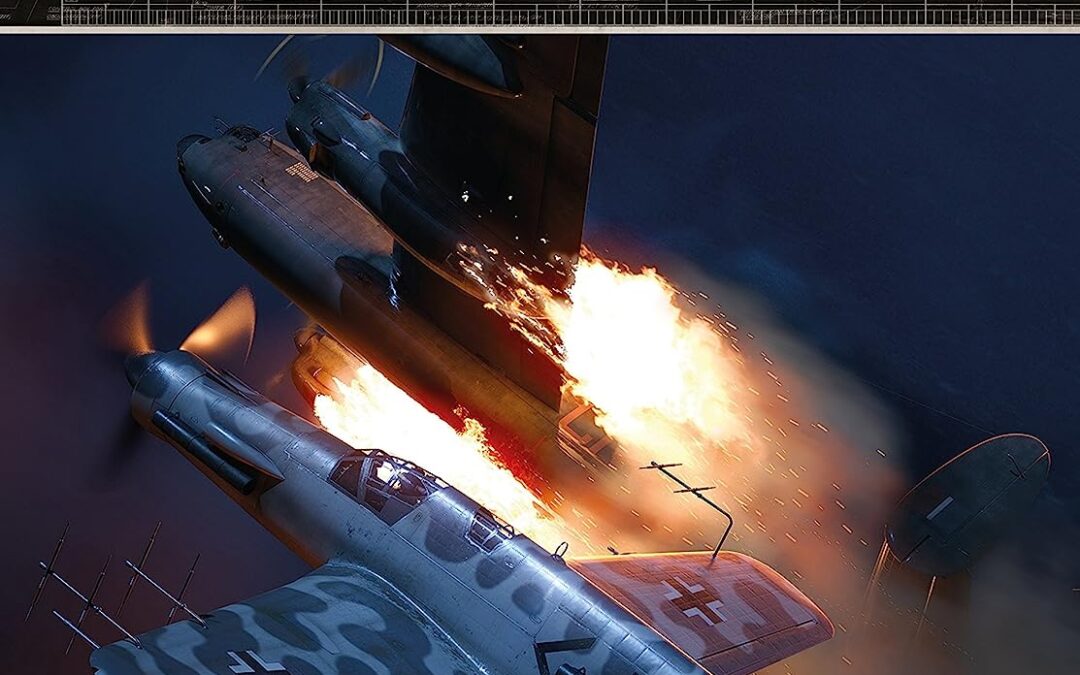
The Dornier Do 335 was conceived as a high-speed, all-weather fighter, and represented the pinnacle of piston-engined aircraft design. The Do 335 was a big aircraft, weighing just over 10,000kg when laden with fuel, equipment, and pilot, yet powered by two Daimler-Benz DB 603 engines, it was capable of reaching a maximum speed of 750km/h at 6400 meters, making it the fastest piston engine aircraft produced in Germany during World War II.
Some forty aircraft were built between late 1943 and the end of the war, and it was intended to deploy the type as a day fighter, bomber, night fighter, bad weather interceptor, and reconnaissance aircraft, all of which were intended to incorporate the latest armament, bomb sights, communications, and radar equipment, as well as an ejector seat. Featuring archive photography and specially commissioned artwork, this is the full story of the aircraft that the Luftwaffe hoped would turn the tide of the war.
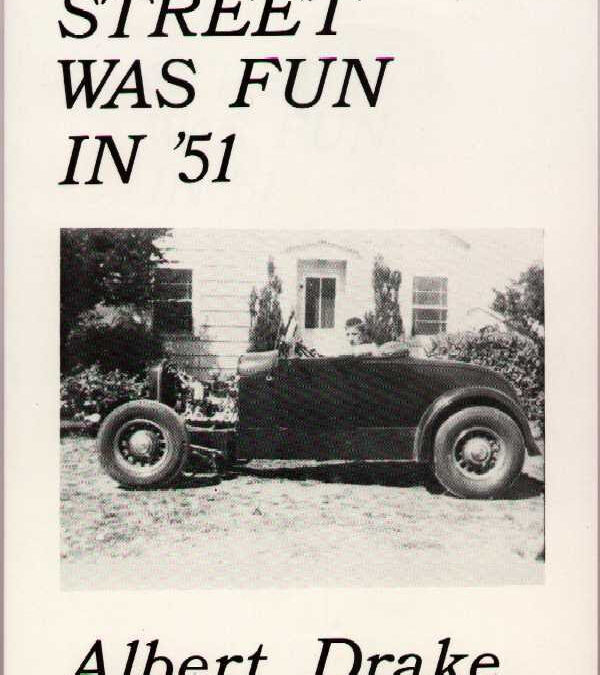
Mid-century: that period that we look back at and see as a peaceful, stable time. There was a sense of optimism in the air, a belief in the American Dream. People had money and were looking for something to spend it on. But for some there was a strong desire to rebel, to assert a personal identity in the grayness of the Eisenhower-Nixon years. No wonder the interest in hopped-up and customized cars began to accelerate. The roots of the Car Culture had barely hit the soil when an entire movement blossomed.
At mid-century, to own a good street roadster made sense. They were fun, swift, economical, handled well, and they were noticed! In those simpler days, when there were far fewer people around, far fewer laws and regulars, when the legal speed limit was 75 mpg, when gas was cheap, when driving was a pleasure, if you owned a hot machine you could point the grill down an empty road and go! To the beach, the mountains, or just to the Tik Tok, Jim Dandy’s Flanagan’s, to your favorite drive-in where you could make a cherry coke last all night while you listened to Patti Page and Perry Como and watched the parade of cars that, in memory, seems endless.
Street was fun in ’51!
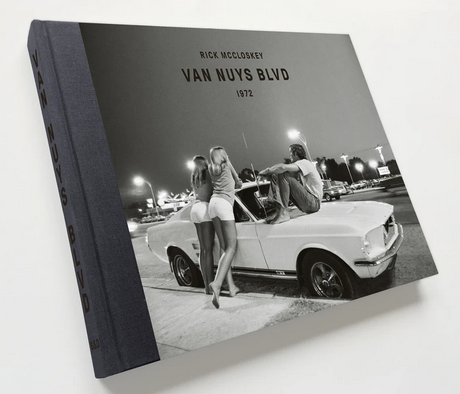
Limited Edition Re-Print
AMERICAN CAR CULTURE AT ITS VIBRANT BEST
Wednesday night was “Cruise Night” in the San Fernando Valley, a suburb of Los Angeles. The stretch on Van Nuys Boulevard between Ventura Boulevard on the southern end, and well past Sherman Way to the north, teemed with kids and cars from all over Southern California on Wednesday nights. It was a terrific place to both see and be seen, and to show off your ride as well.Gas was cheap, times were great, and the boulevard hummed with life during the evenings. Even the «draft» during the Vietnam War did not dampen the street scene. By 1972, the year Rick McCloskey went to Van Nuys to shoot his series of photographs, the culture on the boulevard had become an amalgamation of divergent lifestyles, automobiles – used and new – and some very different «looks» and styles. There were «tribes» of van kids – surfers mostly – low-riders, muscle cars, street racers, Volkswagen owners, and many more, and of course, thousands of young people. The idea of «retro» had arrived as well, with some young people emulating the look and style of the 1950s. Of course, there were individuals who had to be there for work. In making these images, Rick McCloskey set about portraying the young people, their cars, and the iconic background settings. Today, young people no longer have anything similar to the past boulevard gathering places, where so many people can enjoy «just being there» together. Akin to starlight still trickling in from a long vanished world, these photographic images are what we have left
Hardcover
132 pages,
118 duotone plates with a text by the photographer

Toyota’s unique brand of luck came to the fore once again at the 2019 edition of the 24 Hours of Le Mans.
Although the race finished with a 1-2 for the Toyota Gazoo Racing team, the finishing order saw a dramatic change in the final hours of the action, in a way that always seems to strike Toyota on the Circuit de la Sarthe.
The 24 Hours of Le Mans is always about more than which car crosses the line first. The action-packed official review distills the surprise, excitement and drama of an entire day and night’s racing into four thrilling hours of high-quality entertainment.
Follow the stories in every class as teams and drivers set out to make their mark on the history books.
The challenge of driving at the limit through the night, hour after hour at speeds approaching 200mph on the straights, negotiating notorious corners with famous names such as Mulsanne, Indianapolis, Arnage, Esses and Terte Rouge where a momentary slip of concentration is enough to end hopes: all of the drama that makes Le Mans irresistible is here.
With the incomparable Radio Le Mans team providing detailed commentary every step of the way, the Official Review is the best way to relive this thrilling race in the comfort of your favourite armchair!
Extra features include on-board laps with Sebastien Buemi, Nicolas Lapierre, Laurens Vanthoor and Neel Jani, plus a stunning slow-mo sequence from the 2019 event.

Auto Repair For Dummies, 2nd Edition (9781119543619) was previously published as Auto Repair For Dummies, 2nd Edition (9780764599026). While this version features a new Dummies cover and design, the content is the same as the prior release and should not be considered a new or updated product.
The top-selling auto repair guide–400,000 copies sold–now extensively reorganized and updated
Forty-eight percent of U.S. households perform at least some automobile maintenance on their own, with women now accounting for one third of this $34 billion automotive do-it-yourself market. For new or would-be do-it-yourself mechanics, this illustrated how-to guide has long been a must and now it’s even better. A complete reorganization now puts relevant repair and maintenance information directly after each automotive system overview, making it much easier to find hands-on fix-it instructions. Author Deanna Sclar has updated systems and repair information throughout, eliminating discussions of carburetors and adding coverage of hybrid and alternative fuel vehicles. She’s also revised schedules for tune-ups and oil changes, included driving tips that can save on maintenance and repair costs, and added new advice on troubleshooting problems and determining when to call in a professional mechanic. For anyone who wants to save money on car repairs and maintenance, this book is the place to start.
Deanna Sclar (Long Beach, CA), an acclaimed auto repair expert and consumer advocate, has contributed to the Los Angeles Times and has been interviewed on the Today show, NBC Nightly News, and other television programs.

Just before midnight on May 14, 1914, a ferryboat departed from Weehawken, New Jersey and chugged along in the darkness across the Hudson River to Manhattan. On board was a tired-looking rider with an equally tired-looking motorcycle. The boat landed at ten minutes after midnight and there to greet him were representatives from the Federation of American Motorcyclists, the nation’s major motorcycle sanctioning organization. What they knew was that this rider, Erwin G. Baker, had just completed the fastest transcontinental trip in American history.
Baker’s journey of 3,497 miles had taken him 11 ½ days. And, oh, what an incredible 11 ½ days it was! After leaving San Diego on May 3rd he rode coast to coast, averaging only four hours sleep each night. Danger seemed to await him at every turn. In the Arizona desert he ran out of gas and had to push his motorcycle five miles in the sand in 119-degree heat. When he got to New Mexico he hit some rainy weather, which turned the historic Santa Fe Trail into a deep mud bog. He suffered six flat tires once on the same day, which he had to repair with the tools he carried with him, and in Pennsylvania he rode 232 miles of mud in a steady downpour. Despite all this, Baker continued east as fast as he could legally go. When he landed on Manhattan, he had smashed the current record holder’s long-standing record by more than nine days. His amazing journey concluded at the Hotel Astor in New York City where he was met by journalists wanting to get the story. One shouted out that he had “shot across the country like a cannon ball.” He was forever more Cannon Ball Baker!
In 2011, Don Emde, a former winner of the prestigious Daytona 200 motorcycle race and 1999 Inductee to the Motorcycle Hall of Fame, embarked on a multi-year project to understand the riding conditions and retrace the route that Cannon Ball Baker had taken in 1914. Using modern day computer search tools, GPS, and current adventure-style motorcycles, he and an assistant, Joe Colombero, logged numerous miles in the California and Arizona desert to work out what remains of the dirt roads that Baker had ridden. Their research ultimately took them on a ride all the way to New York City on the same route that Baker had taken. Their discoveries and difficulties is a great story in itself. Finally, in 2014, Emde led a group of 30 motorcyclists on a celebration ride from San Diego to New York City, just as Baker had done a century before. The group departed on May 3rd—100 years to the minute from when Cannon Ball had left San Diego—and arrived in New York just as he had on May 14th.
This is the story of three epic motorcycle rides across America.
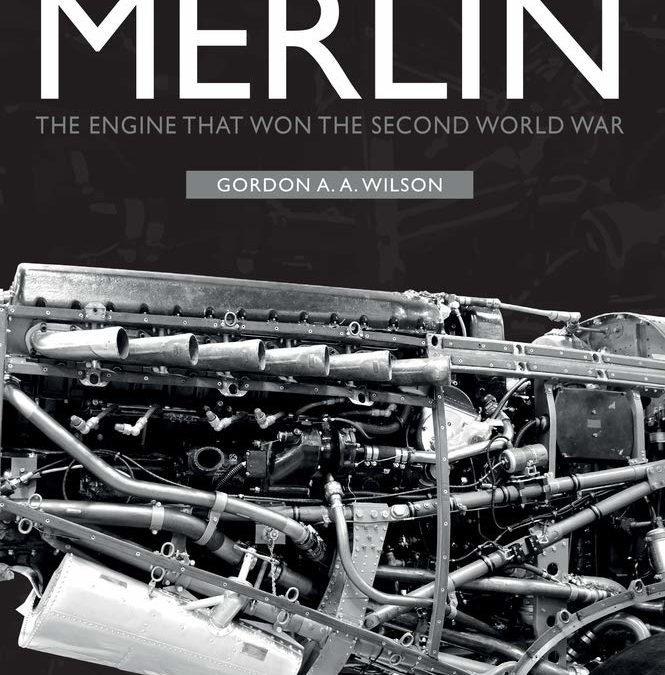
The Rolls Royce Merlin is the world’s most recognizable aero engine. It powered the Battle of Britain aircraft, the Spitfire, and Hurricane. It is the engine that powered the Lancaster and Halifax of Bomber Command. The Merlin was the power plant of the Mustang escort fighter. The Mosquito, was also powered by the Merlin. The Merlin worked day and night to secure the eventual Allied victory. This book tells the human story of the development of the engine and its operational use during the war featuring the voices of air crew who relied on the Merlin.

When Valerie Pirie interviewed for her first real secretarial job after college, she did not expect to end up working for Stirling Moss. Regarded as the greatest driver who was never crowned world champion, he would become not only her new boss, but a lifelong friend. Here, in this playful and moving memoir, she opens up about the man behind the steering wheel.
With a joie de vivre and unparalleled pluck, Pirie details the highs and lows of her many years working and occasionally living at very close quarters with a true pioneer of Formula One, recounting anecdotes from the track, the office and nights out in the West End of London with one of the best-known names in motor racing. Whether at Goodwood, Le Mans or the Nürburgring, Pirie was often there beside Moss to witness the wins, losses and technical malfunctions and, of course, his career-ending crash in 1962.
If she wasn’t at his bedside in the hospital, managing his never-ending building works or on one occasion transporting his spare pair of dentures to France, Pirie was accompanying Moss wherever he needed her most. Never just colleagues, the pair were true companions, and this book brings to light the story of their enduring friendship from the classic post-war era of motor racing through to today.

When most of us think of Area 51, we think of aliens, UFOs, and controversial government cover-ups. It’s easy to forget that, since the mid-1950s, the United States’ famed extension of Edwards Air Force Base has served as a top-secret CIA testing ground for many of the most groundbreaking advancements in American military aviation technology. In Secret Jets, author and military historian Bill Yenne offers the first fully illustrated chronology of Area 51’s most famous aircraft projects, including Lockheed’s U-2 “Dragon Lady” and SR-71 “Blackbird” reconnaissance planes, drones ranging from the early Lockheed D-21 to the modern-day General Atomics MQ-1 Predator, and the famous F-117 Nighthawk stealth fighter produced by the Have Blue program during the 1970s. Each project is given its own fascinating chapter illuminating the aircraft’s development at this famed location. But beyond the aircraft themselves, Secret Jets also covers a handful of the many classified experimental programs carried out at Area 51 over the years, such as Have Doughnut, Have Ferry, and Have Drill – secret undertakings that successfully reverse-engineered such enemy aircraft as the Russian MiG during the Cold War. Presented in beautiful hardcover format and illustrated with historic color and black-and-white photographs, diagrams, and maps, this book reveals Area 51 for what it truly is: a clandestine area for the United States’ most cutting-edge technological innovators in military aviation.

SIGNED
When Ayrton Senna suddenly lost control of his Williams chassis during the Formula 1 Grand Prix at Italy’s Imola circuit in 1994, he careened into a retaining wall and a crash that killed him. Millions of grieving fans found the three-time world champion’s death incomprehensible, while many commentators began questioning a sport that could kill one of its greatest legends.
In response, the Fédération Internationale de l’Automobile launched an unprecedented campaign to make driver safety a priority, which soon led officials to consider the HANS Device, motor racing’s first head restraint.
In 2001, Championship Auto Racing Teams (CART) became the first to mandate the HANS and implement its use. When seven-time NASCAR Cup champion Dale Earnhardt crashed and died on the last lap of the Daytona 500 that same year, the problem of basal skull fractures finally came into sharp focus in the mainstream media. After years of trying to gain acceptance for their device, HANS inventor Dr. Robert Hubbard and business partner Jim Downing suddenly became overnight heroes.
CRASH! is the story behind the saga of the HANS Device. It touches every form of auto racing on the planet and several subjects close to all of us: political intrigue and struggle; scientific discovery; tragedy; triumph; and matters of conscience. There’s some romance and bromance, too. Above all, there’s a lot of racing and information that even the most die-hard fan will find new and compelling.
Hubbard and brother-in-law Downing eventually helped four of the world’s major auto racing series, including the Indy Racing League, resolve an epidemic of death that killed 12 drivers in a seven-year span, nine by basal skull fractures. Numerous others were being killed by the same injury in lesser known professional series as well as weekend warriors.
The 20-year struggle by Hubbard and Downing to gain universal acceptance for their life-saving device—now in use by over 275,000 competitors worldwide—is an amazing tale of family, genius, perseverance, tragedy and triumph. It tells how the world’s leading auto racing series shouldered the task of saving their driving heroes—and a sport.







